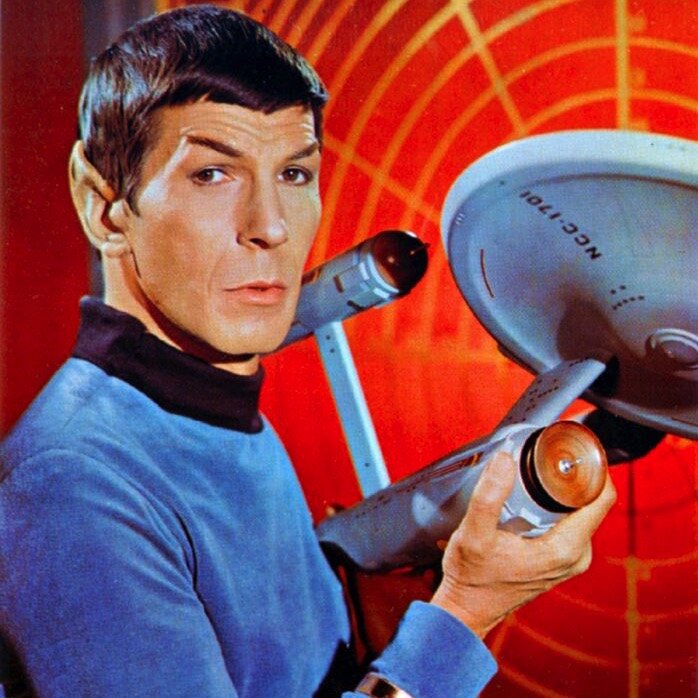How To Draw Comics The Marvel Way...Badly
There’s been some hoopla over the last few weeks about a cover J. Scott Campbell did for Spider-Man #601 that was subsequently “fixed” by a fan.
J. Scott Campbell’s original cover is not well designed.
First, my bona fides: I’ve worked extensively in animation, very closely collaborating with artists who know how bodies are built and move -- even cartoonish bodies. I packaged and edited graphic novels for the tween-to-teen female market, but I was also an editor at Penthouse Comix during its bathyspheric descent into the bowels of hell.
We were sexist pigs at Penthouse Comix who liked publishing pictures of beautiful women doing all sorts of things, but we would have never accepted art like this without changes made re the character’s anatomy. (We may have been drunk & stoned, but we weren’t that drunk & stoned…)
Mary Jane's left hip looks dislocated; it does not appear to be connected to her pelvis. Her leg length seems to be somewhat exaggerated, but not distractingly so. Her knee being raised is not the problem, either.
It’s her appearing to have been seriously injured after falling down a flight of stairs that is.
Her ribcage to waist ratio is ridiculous. The ratio here appears to be one-third ribcage / two-thirds waist; the opposite would be more accurate.
(I’ll be honest, I wasn’t reading the comic at this point, so I don’t know if this was a standard ratio for all the characters in the book at that time, just the female characters in the book, just Mary Jane, or just idiosyncratic to this cover. This ratio certainly wouldn’t be a compelling point to make me want to read the comic, however.)
Her bust is large but not wholly unrealistic. At least her breasts are somewhat oblong instead of perfectly spherical and show the effect of gravity on them. There’s a whole issue we could go into about boob socks but we’ll sidestep that and give the artist the benefit of a doubt and presume she’s wearing a custom fitted top. (And, yeah, caught all the “sly” Freudian symbolism here: She’s holding her hands around a steaming hot dark circle at her crotch and the top has Spidey’s eyes on her breasts. As subtle as a sledge hammer…)
Her face is highly stylized but not ridiculously so.
But what in hell is going on with her arms? Is her left arm stretching under her left breast and across her waist, or is it laying flat alongside her waist?
If it’s the former, then the coffee cup should be over her right thigh, not centered on her crotch; if it’s the latter she’s got a pelvis two or three times as wide as her waist, which is plain ol’ grotesque.
And what is her left shoulder doing way over there? That's severed, not merely dislocated.
When I was editing graphic novels I made sure our central character was featured prominently on the cover, but since this is Spider-Man #601 I suppose some leeway can be allowed. It is a cover for fans, not people who've never read a Spidey comic before, but then again, everybody who wants to read a Spidey comic is already reading a Spidey comic, so you don't really need to sell him, I guess.
I will say the pose and expression of both versions indicates Mary Jane wants to have A Very Serious Talk with Peter and not having followed the book in some time, maybe that's an accurate reflection of the story line at that point. Once again, it's Spider-Man #601 so at that point in the character’s career there's doubtlessly enough room to do A Very Special Issue that focuses on soap opera instead of fisticuffs. (If that wasn't the focus of the story, I'd have to ask why do this cover other than the very obvious answer of getting the fan boys to buy two or more copies.)
Campbell apparently took umbrage with the fan’s fix (small subset illo outlined in red above) and “fixed the fix” which in this case means he drew the character better this time.
It’s a nicer drawing, the character still looks appealing, and there’s almost no distracting grotesqueries in his new version (but still, that left shoulder -- yikes).
Which in a roundabout way is kind of what the original “fix” was about.
It’s easy to see what Campbell was going for -- and what he actually managed to achieve in his second take on the pose.
No one is saying an artist can’t do exaggerated features for artistic purposes, but such exaggeration needs to fulfill a purpose in the actual story.
It has to be a part of the world being depicted; the same level of exaggeration needs to be applied to all characters.
A character designed as grotesquely as Mary Jane originally was in this one should be making a commentary on unrealistic masculine views of the feminine (which is what I presume Campbell meant when he wrote “famine” above; I’m not holding that against him as lord knows I make enough typos…).
This cover was designed to appeal to a bad male view of human sexuality – and I don’t mean “bad” as in a moral sense of evil and sin and virtue, but “bad” as in 2 + 2 = a fish is just a bad answer to a math problem.
© Buzz Dixon


![A Conversation Between Artists [FICTOID]](https://images.squarespace-cdn.com/content/v1/590697e7d1758ec4d7669624/1587672727288-4AQ2UK97C385SNVEPMAC/FT+077+A+Conversation+Between+Artists+-+Mario+Ruben+Cooper+SQR.jpg)
